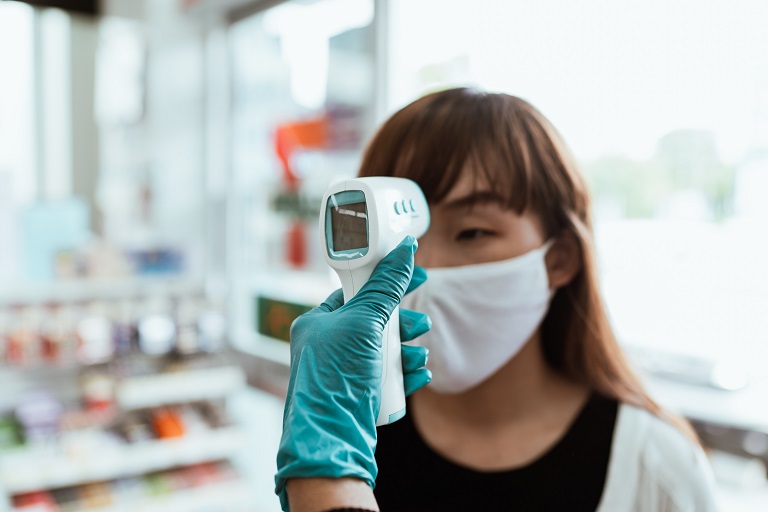5 Ways Technology is Used to Better Your Healthcare Visits
The health business has seen several noteworthy changes due to technological advancements. It has enabled the development of many cures and helpful advances in therapy and care. With advancements and updates occurring continually, it’s critical to assess where we are now regarding useful healthcare technology.
1. Unique Treatment
Another way technology is advancing our healthcare system is by increasing patient participation via gadgets and wearable technologies. These gadgets may give knowledge that can be used to develop hyper-targeted, customized health and wellness strategies.
Personalization may be quite accurate and is achieved by evaluating individuals’ data and delivering Treatment, coaching, and health suggestions tailored to their specific set of ailments, objectives, and lifestyles. Practice management solutions enable physicians and medical professionals to manage patient interactions smoothly, and more so, they may continue to expand their practices while still managing them effectively.
Rather than delivering a prepackaged collection of information that fits a broad answer to a health system, it is critical to understand the person and their unique motivations and then provide solutions tailored to their lifestyle in tiny, doable stages.
Targeted measures may benefit individuals with various healthcare needs: whether they are completely healthy and want to stay so; whether they are between healthy and unwell and wish to avoid the emergence of chronic diseases; or presently managing chronic problems.
2. Telehealth
Telehealth, which includes virtual healthcare, uses technology to optimize communication between healthcare practitioners, clinics, and patients. Clinics, physicians, and patients may now communicate information electronically, monitor and track adherence to treatment plans, and guarantee optimum participation throughout the healthcare process.
This digital communication modernizes the healthcare experience by providing remote access to healthcare services, whether a patient is contacting a physician in another location or numerous healthcare practitioners cooperating virtually.
Telemedicine, for example, is reshaping healthcare by bridging the distance between physicians and patients. It is no longer essential to spend hours in an Urgent Care waiting room on weekends—telehealth options are increasing access and convenience.
However, telemedicine’s advantages go beyond speed and convenience for the ordinary patient experience; they also include cost savings and the potential to elevate preventive care to a new level.
Patient-provider contact through an app improves the patient experience and saves physicians and their office staff time. Expect to see technology detecting and supporting at-risk patients for early intervention in the future.
3. Improved Patient Relationships
Doctors have easy access to a patient’s data, giving more comprehensive information about each patient’s medical history and Treatment. Patient files used to clutter the hallways of offices, producing mountains of paperwork and making it impossible to locate years-old medical information. Now, thanks to advancements in technology, medical records may be transcribed online and made readily accessible to both doctor and patient. Patients might feel more at ease with their doctor when they know their whole medical history.
4. Technology of Surgery
We already live in a world where technology and medicine coexist, from pre-operative planning through surgical performance and outcome monitoring.
In our trauma patients, we undertake virtual 3D reconstructions to assist us in determining the most precise locations for incisions or bone repair using plates. Without creating a single incision, we can study these photos before our procedures. Another example is infrared technology to monitor blood flow via our flaps, which are employed to reconstruct breast or head and neck cancer. Additionally, implantable devices that transmit real-time blood flow data straight to our phones are accessible.
He said this is merely the beginning of our surgical technological capabilities, highlighting the prospect of robots that may be remotely controlled by doctors who are not physically present in the operating room.
5. It Assists in Predicting Outbreaks
Because many individuals turn to the internet for answers when they feel ill, this data accumulates to produce a complete picture relevant to that question. Annual flu epidemics are an excellent illustration of this. Locations may be found via web searches, and a database can be produced that illustrates both the increase in probable cases and the spread of the sickness. This may be critical in planning for epidemics and forecasting future flu seasons.
It’s an exciting moment to see and profit from technological advancements, particularly healthcare. It’s self-evident that adjustments and improvements will occur over the next several weeks, months, or years, effectively eradicating today’s technology. Healthcare is more dynamic and patient-centered than ever, and it can only improve from here.


























